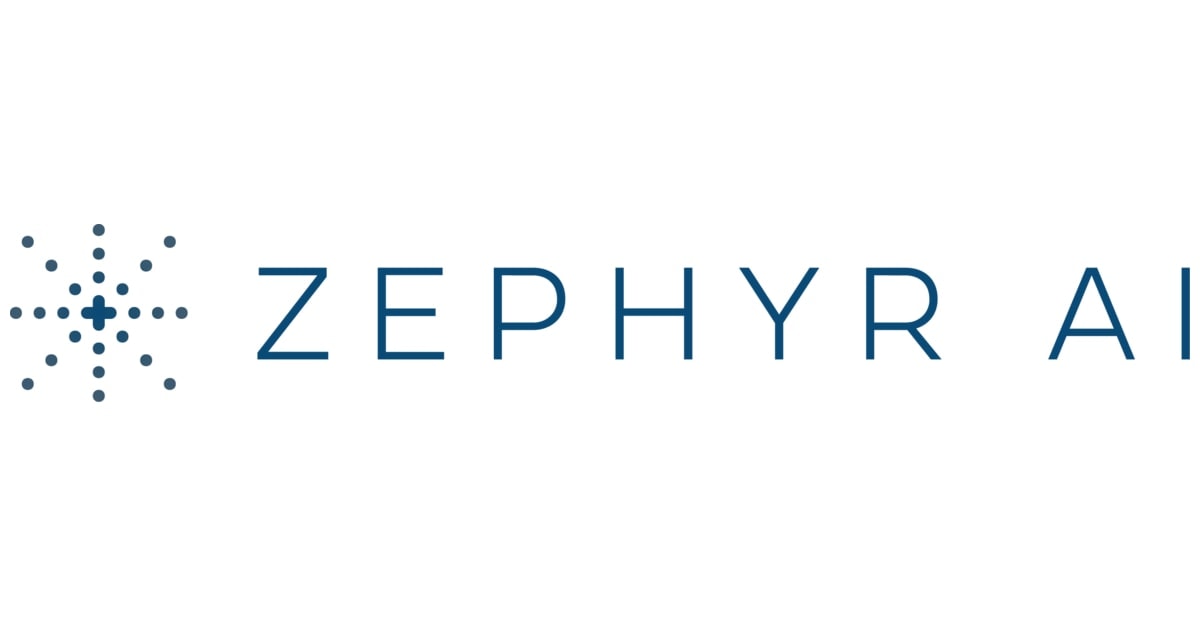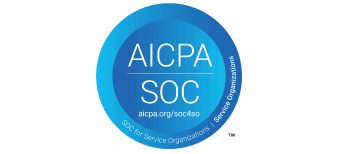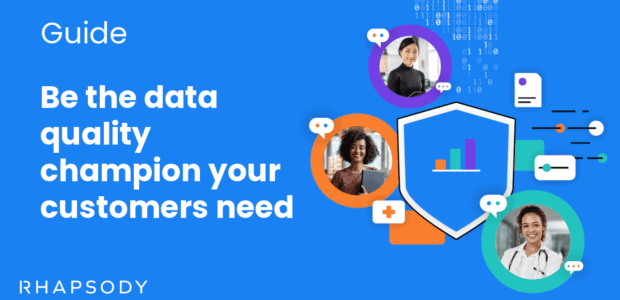Rhapsody Semantic terminology management
Unlock the source of truth for health data integrity.
Optimize how healthcare data works together and realize value fast by achieving semantic interoperability in healthcare. Rhapsody Semantic advances interoperability. Create a single source of truth for AI development, analytics, and downstream users. Embed Semantic into your existing apps or use it as a stand-alone. Either way, we have you covered.
Get healthy data now
Together, healthcare innovation is limitless.
Different systems. Same language.
Create a consistent, relevant clinical data foundation with a common vocabulary across disparate systems using a large library of standard content and mappings.
Create one source of truth.
Resolve fractured, non-standard (and local) data issues with automated mappings and value set filters to create a single reference for normalization.
Options to meet you where you are.
Integrate your way using a robust API library or manage workflows with an intuitive UI. Deploy in your private cloud, hosted in our cloud, or as an iPaaS.
Map to FHIR standards.
No matter the source – USCD-I, LOINC, SNOMED, and beyond – transform to what you need for FHIR data exchange.
Customer-proven results
Learn how Zephyr AI uses Rhapsody Semantic to create more precise data models that improve healthcare outcomes.

Effortless digital health interoperability
Out-of-the-box connectivity
Rhapsody Integration
Flexible, scalable
Designed for robust data exchange with a built-in crossmap communication for Rhapsody Semantic
Discover the integration solution for developersCorepoint Integration
No code required
A simple, comprehensive approach to interoperability with guided interface builds and an intuitive user experience.
Discover the integration engine for analystsRhapsody Semantic Resource Library
There’s power in knowledge. Equip your team with education, industry news, and success stories.
Get access to all resourcesPatient safety relies on data security.
Over 1,700 healthcare organizations worldwide trust Rhapsody because we prioritize data privacy and security. We’re experienced in meeting complex regulations globally, including not only HIPAA and GDPR but also various country, region, province, and state-specific rules and certifications. You can count on us to keep your data compliant and secure, no matter where you operate.




Start accelerating digital health adoption today with Rhapsody Semantic
1,700+ healthcare teams in 31 countries worldwide trust Rhapsody. Connect with an interoperability specialist to discover why.





